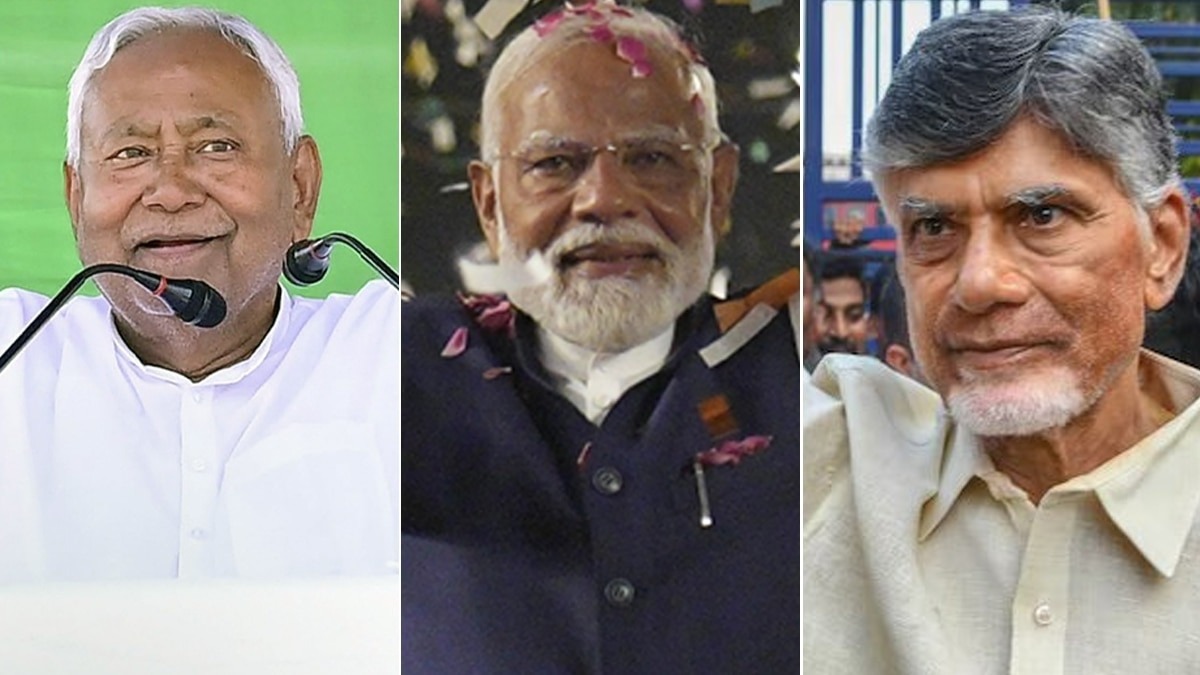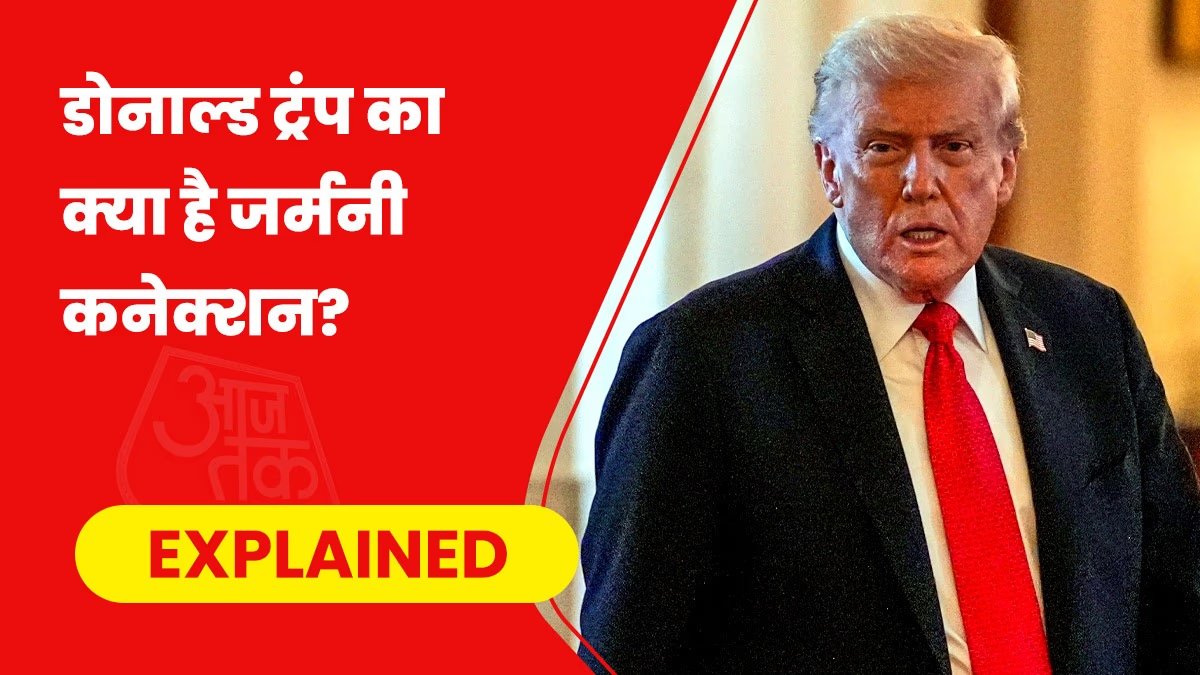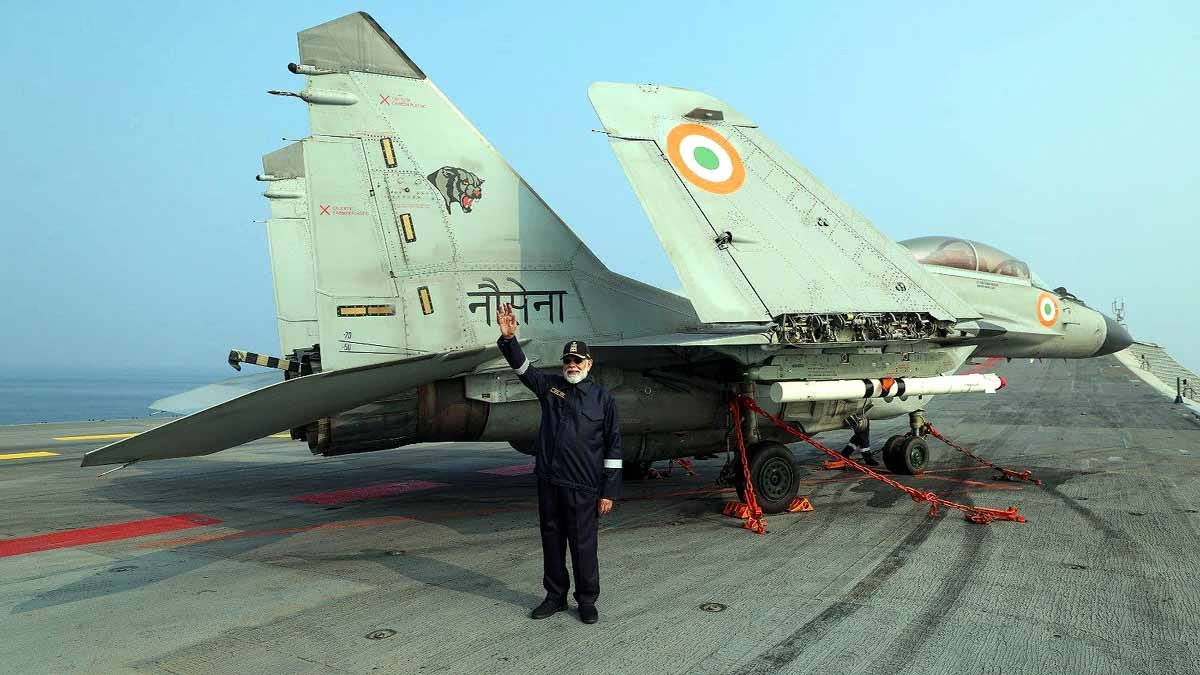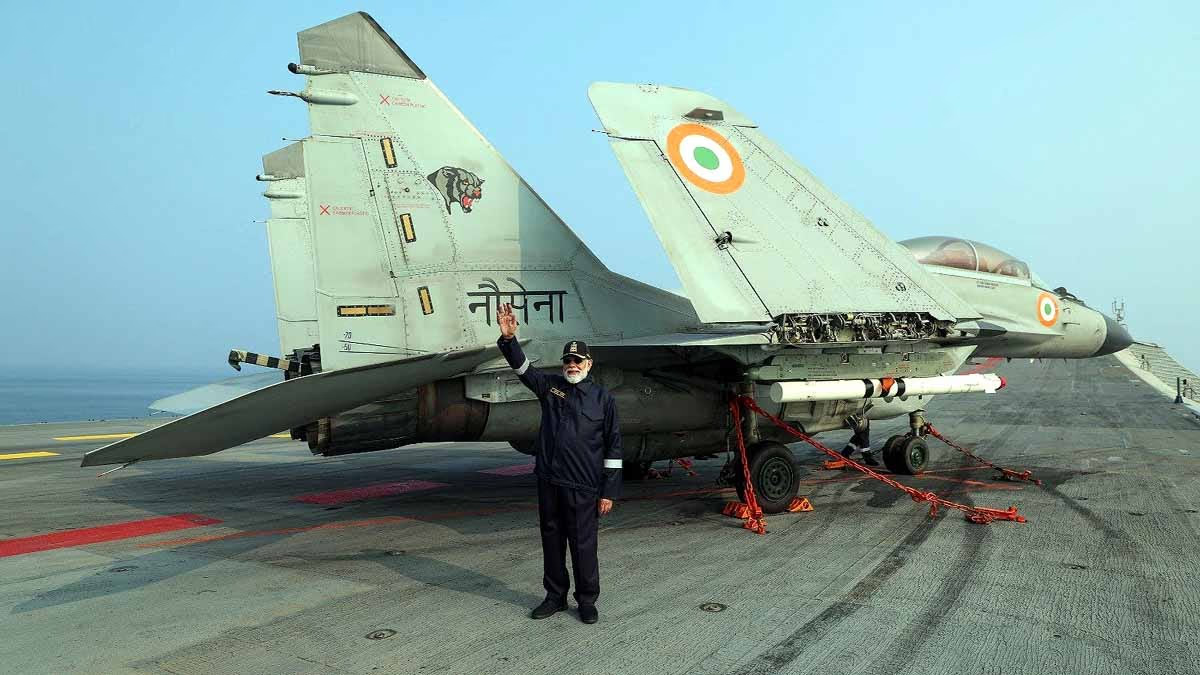In a dramatic political landscape, Prime Minister Narendra Modi is set to navigate the complexities of a coalition government for the next five years. He will require strong alliances with leaders like Chandrababu Naidu and Nitish Kumar. This is particularly pertinent as the BJP, which had managed to secure a majority on its own in 2014 and 2019, hasn't crossed the 272 mark this time.
With a total of 543 seats in the Lok Sabha, a minimum of 272 is needed to form a government. The BJP has secured 240 seats while the NDA's count is 292, which is 20 more than the majority.
The BJP is the predominant party within the NDA, followed by Chandrababu Naidu's Telugu Desam Party (TDP) with 16 seats, and Nitish Kumar's Janata Dal (United) with 12 seats; together, they have a total of 28 seats, making their support crucial for the NDA's stability.
The alliances with Naidu's TDP and Kumar's JD(U) are vital for Modi's government to remain intact.
So far, both the TDP and JD(U) have expressed their commitment to staying within the NDA fold. Nitish Kumar and Chandrababu Naidu are expected to attend the upcoming NDA meeting.
Both Chandrababu Naidu and Nitish Kumar have witnessed a rollercoaster of relations with Prime Minister Modi. They have previously parted ways with the NDA but rejoined just before the Lok Sabha elections. Let's delve into the dynamics of these relationships.
The Modi-Nitish Equation
The relationship between Modi and Nitish has been fraught with ups and downs for quite some time. Nitish harbored fears that aligning with Modi might displease his voters. Therefore, during the 2009 General Elections, Nitish did not allow Modi to campaign in Bihar. This stance continued through the 2010 Assembly Elections.
In June 2010, ahead of the BJP's National Executive Meeting in Patna, newspapers published advertisements showing Modi and Nitish together, which infuriated Nitish to the extent that he canceled a dinner scheduled for BJP leaders. He even returned the five crore rupees cheque from the Gujarat government meant for Kosi flood relief.
The strained relations became public in 2013. When the BJP announced Modi as its Prime Ministerial candidate in September 2013, Nitish openly expressed his discontent.

Source: aajtak
In June 2013, after a 17-year-long partnership, Nitish broke away from the NDA, declaring that he could not compromise on his principles. He faced a significant setback in the 2014 Lok Sabha elections as a result. After accepting the defeat's responsibility, Nitish resigned as Chief Minister in May 2014. He then joined forces with Lalu Yadav's RJD for the 2015 Assembly Elections, forming the government in Bihar. However, in July 2017, Nitish returned to the NDA fold.
Nitish contested subsequent elections with the BJP but performed another political volte-face by forming a government with the RJD in August 2022. As of this January, Nitish took yet another turn, leaving the RJD behind and rejoining the NDA.
The Modi-Naidu Friendship
Chandrababu Naidu's camaraderie with Modi, similar to Nitish's, has seen its own share of fluctuations. The TDP, part of the NDA until 2018, even moved a no-confidence motion against the Modi government in March 2018, which ultimately failed.
During the 2019 Lok Sabha elections, there were frequent verbal clashes between Modi and Naidu. Reacting to the TDP's exit from the alliance, Modi referred to Naidu as 'U-turn Babu'.
Moreover, Naidu was among the first to demand Modi's resignation after the 2002 Gujarat riots. Naidu mentioned in a 2019 rally speech, 'I was the first person who demanded his resignation. Afterwards, many countries banned his entry. He's trying to attack minorities again after becoming Prime Minister.'
Following a defeat in the 2019 General and the Andhra Pradesh Assembly elections, Naidu purportedly tried to rejoin the NDA on several occasions. Reportedly, due to the inflammatory statements made, Modi was reluctant to readmit the TDP. However, actor-turned-politician Pawan Kalyan mediated, leading to the TDP rejoining the NDA right before the elections.
Why Do Modi, Naidu, and Nitish Need Each Other?
The required majority stands at 272 seats. With the BJP at 240, the TDP with 16, and the JD(U) with 12, the combined NDA total reaches 268. If either party defects, the NDA will still hold a majority but will be significantly weakened.
If the TDP exits, the NDA will be left with 276 seats, just a few over the magical number, whereas losing the JD(U) would leave the NDA with 280 seats. Either scenario would preserve the majority but weaken the government while strengthening the opposition.
Should both parties leave, the NDA would lose its majority, with only 268 seats - four short of the threshold. With the stakes so high, the political scene is tense.
At present, Narendra Modi has tendered his resignation as Prime Minister. The NDA meeting is scheduled for Wednesday after the election results, with Nitish Kumar and Chandrababu Naidu in attendance. This meeting will be crucial for discussing strategies to navigate the government's future.




